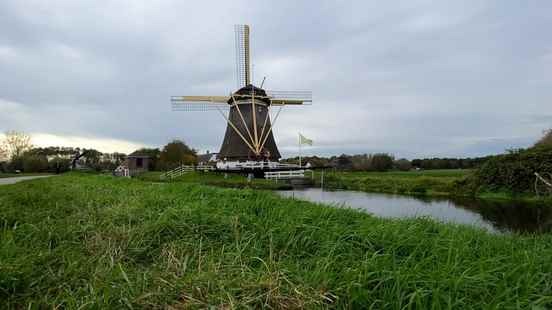The order of the list has been made on the basis of three criteria, says Paul Vesters, cultural history and heritage policy officer at Utrechts Landschap. “The most important thing is the financing, we also looked at how many volunteers are involved in the mill and finally how much public comes to the mill in general. That is not entirely fair, because a polder mill generally has fewer volunteers and fewer visitors, but we still had to make choices. That is why funding is most important on the list.”
Utrecht Landscape comes with a refurbishment list for windmills: ‘Hopefully I can work with another mill, so that I don’t lose my skills’
